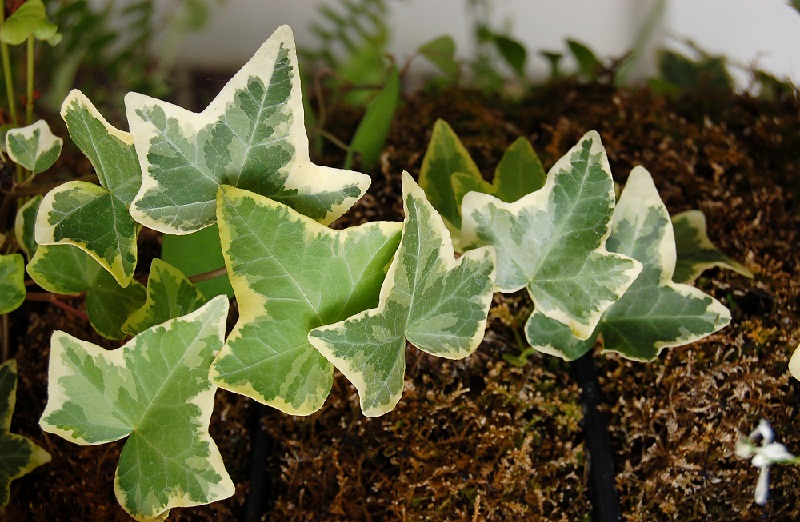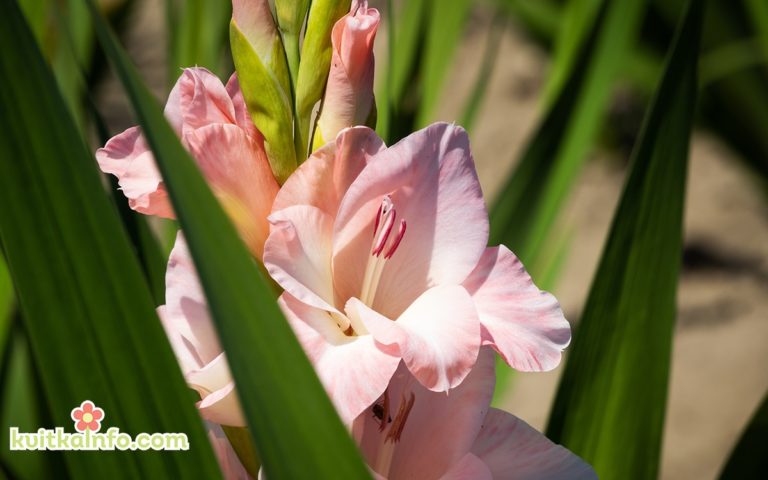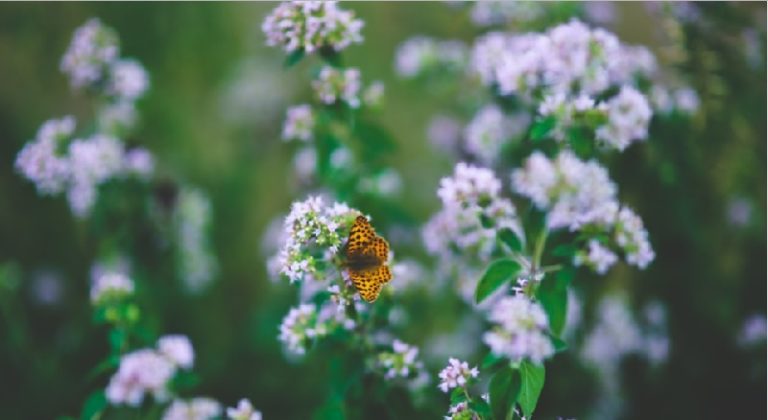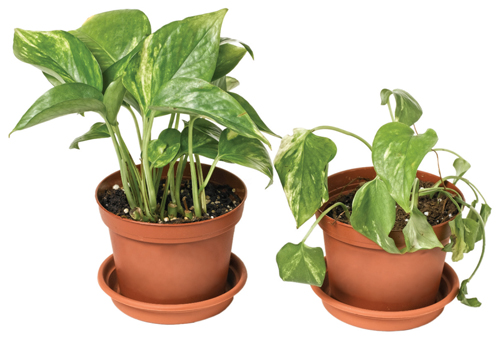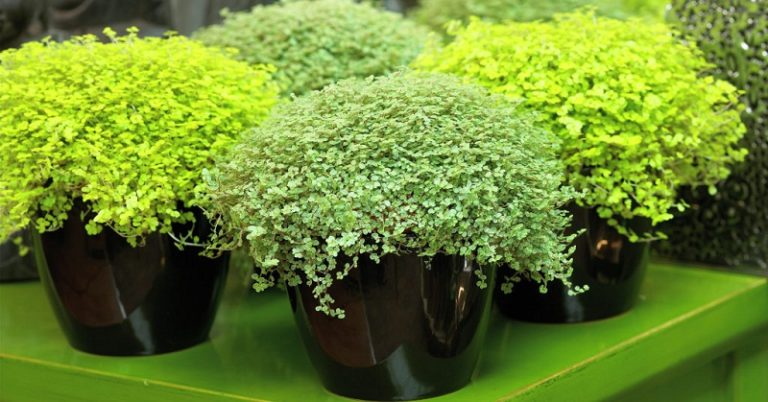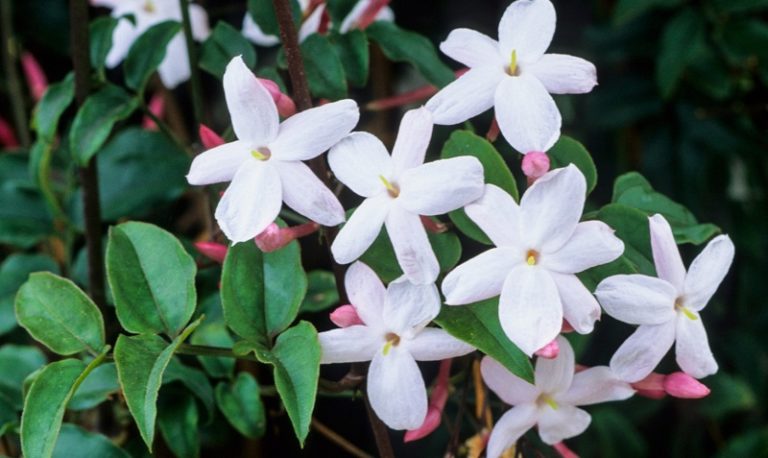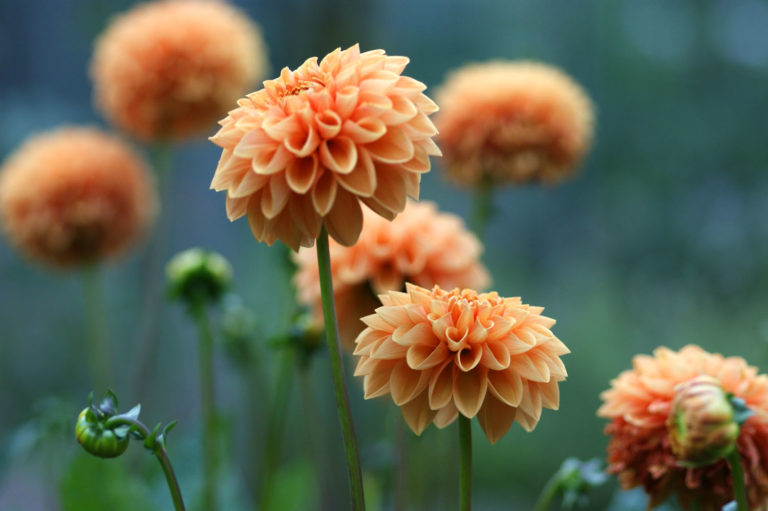Ivy: care
Ivy (Hedera) or hedera is a perennial evergreen plant growing as a vine, belonging to the Araliaceae family. In its natural environment, it can be found in almost all forests on our planet.
Most species of ivy are found in the subtropics of Europe, America, North Africa and Asia. Ivy grows in shady forests, braiding trees with its long, flexible shoots, and also creeping along the ground. On the stems of ivy, you can see small aerial roots-suckers, with which it clings to any support (tree, house walls, fences…) and can climb up to 12 meters up.
Ivy, as a houseplant, has been known for a long time, the most popular species is Hedera helix (ordinary), which has more than a hundred varieties that differ in shape, color and leaf size. We will consider the varieties of Hedera helix with the help of photographs.
The leaves of young plants are small, three- or five-toothed, dark green with lighter veins, or white edges or yellowish stripes and other distinguishing features, depending on the species. The leaves grow close together on a flexible stem. Flowers bloom on old shoots (up to 8-9 years old), do not attract much attention, they are small, greenish and collected in inflorescences. Ivy does not bloom indoors.
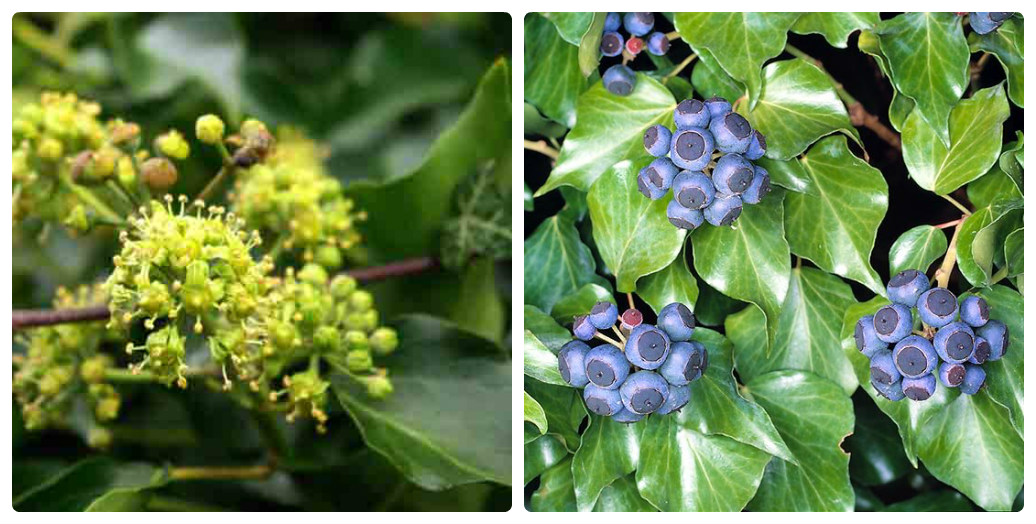
Beneficial features:
Hedera is the most effective air purifier in the house. Ivy is also a medicinal plant. Ivy leaves have anti-inflammatory, antimicrobial, antifungal, expectorant, antispasmodic effects.
How to care for ivy
Ivy is easy to care for. This plant is suitable even for novice flower growers. When growing ivy in a room or yard, you need to remember that ivy in its natural environment grows in the forest in shaded places, it does not tolerate the hot midday sun and dry warm air in the house (choose a cooler room).

Light brightness for ivy
Ivy does not like direct sunlight, but variegated species prefer bright diffused light. In winter, ivy needs to be provided with bright light.
Air temperature for ivy
The air temperature for ivy is moderate or cool, the night temperature should not be higher than +16 ° C, in winter the temperature should not be lower than +10 ° C, at such low temperatures the plant is watered very rarely and not sprayed .
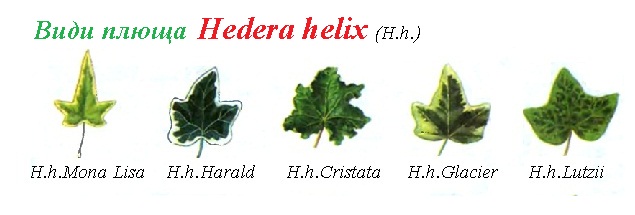
Watering and humidity for ivy
It is necessary to water the hedera in the spring-autumn period often, the soil should always be slightly moist. Any water is suitable. In winter, watering should be reduced, but the earthen coma should not be allowed to dry out.
The humidity in summer and in the heating season, in winter, should be high enough, spray ivy 2 times a day. Dry air for ivy contributes to the appearance of scale insects.
Watch the video about indoor violet. Violet flowers are multi-colored, simple, double, wavy with a diameter of 2 to 4 cm.
Fertilizer for ivy
From early spring to late summer, ivy is fed with a complex mineral fertilizer for ornamental deciduous indoor plants every 14 days.

Soil and ivy transplantation
Ivy should be transplanted in the spring every two years by transshipment into a larger pot (3 cm). How to transplant plants? When transplanting, it is important that the root collar is not covered with earth, but also that it does not peek out of the ground too much.
Reproduction of hedera
Hedera propagates very easily: by dividing the bush, cuttings, layering.
Diseases and pests
Pests that can attack ivy: thrips, spider mites, aphids, scale insects.
Diseases in the header appear with improper care:
brown and dry edges of the leaves – high temperature, low humidity – spider mite. Remove damaged leaves, transfer the plant to a cool room.
The leaves are soft, the stems are bareand there is not enough light. Move the plant to a brighter place, cut off the bare stems.
The leaves lose color – not enough light, a cramped pot.

